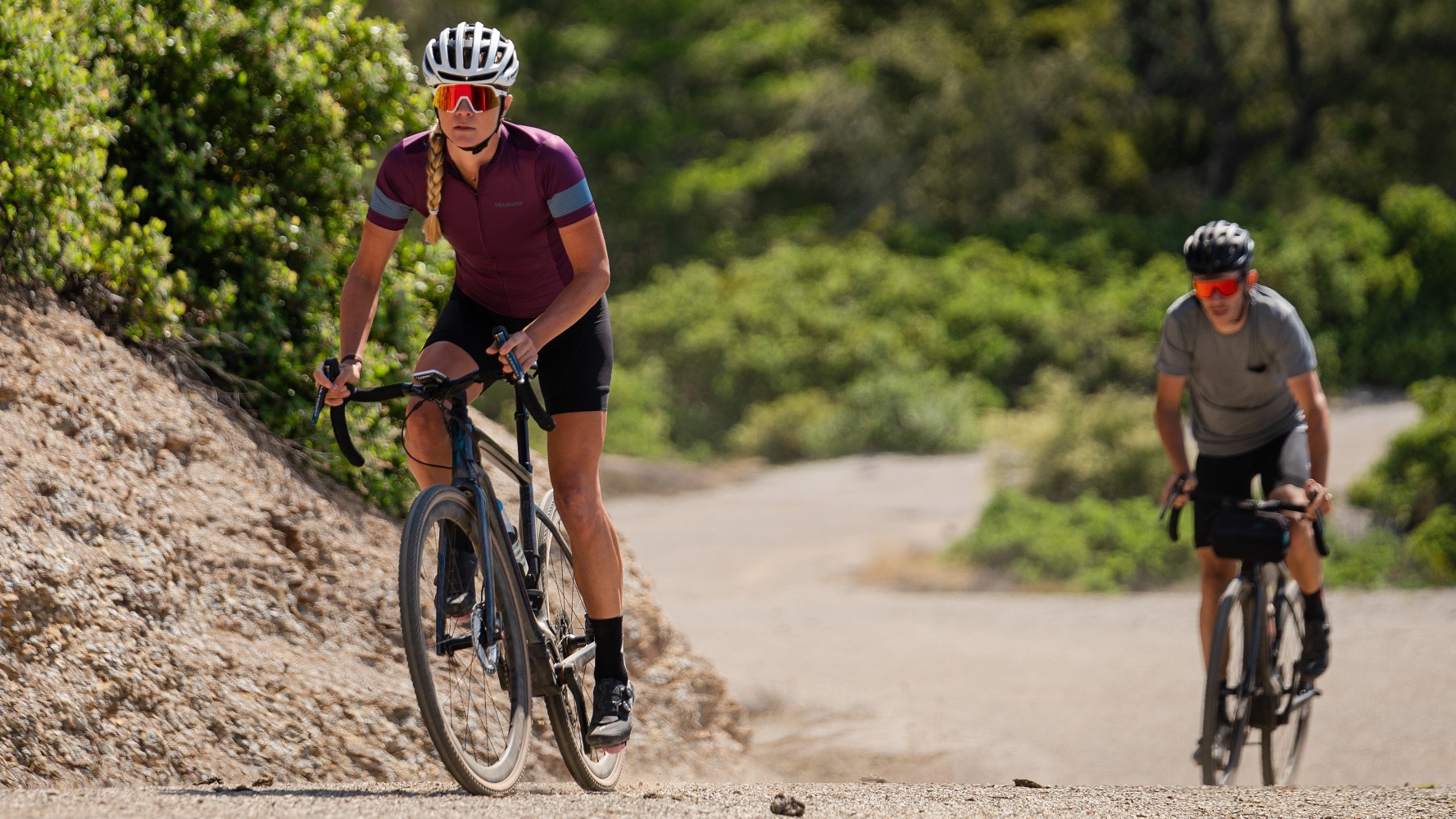How the e-bike saved the cycling industry
E-bikes are now a central theme in cycling and are creating an abundance of value for leisure and sport riders

A few years ago, the notion of Italian-made carbon fibre electric road bikes would have been ridiculous. Today, most legacy Italian road bike brands market a model with batteries on-board and a mid-drive motor.
The e-bike growth story of 2020 has been exhaustively promoted, but the numbers still make for amazing statistical relevance. Demand for e-bikes surged by nearly 25 per cent between 2019 and 2020.
Many of those sales came as people looked to electric bikes for commuting, as people migrated away from public transport, or embraced active commuting and gentle leisure cycling, as a mindfulness exercise during lockdown.
- Best electric bikes for commuting: Power up your ride to work
- Best electric road bikes: Ride faster and further for less effort
The cycling industry had long known that electric bikes was a growing market, but could never have anticipated such a sharp increase in demand, with supply struggling to feed the appetite for all configurations of e-bike. For core cycling enthusiasts it has been a time of confronting bias and recognising that cycling is broadly benefitting from greater participation.
Any advocacy group is made more effective by numbers and diversity. With larger numbers of e-bike commuters, the pressure on local government representatives has increased, regarding cycling infrastructure.
- Best electric mountain bikes: Bike Perfect's picks of the best e-mtbs available this year
- Best electric gravel bikes: our pick of the best bikes for assisted off-road adventures
Capturing a new demographic
Beyond the commuter numbers, battery-assisted bikes are drawing in a more diverse rider demographic. Older people are keenly discovering (or rediscovering) cycling, as the assistance of e-bikes gives them the confidence to embark on more ambitious rides regarding distance and gradient.
There are odd e-bikes, sure - but those are mostly commuter bikes and their purpose is transport, instead of sport or adventure riding. What has been noticeable, in the last two years, is how many of the esteemed cycling brands, both large and boutique, have introduced agile battery-assisted road and gravel bikes.
The latest race content, interviews, features, reviews and expert buying guides, direct to your inbox!
LeMond is the most recent, having this week revealed its elegant Prolog e-bike, which is a flat-bar commuter that even the most ardent cycling purist would love to ride.
Ribble’s Endurance SL e uses a Mahle Ebikemotion X35 M5 250w rear hub motor, delivering very natural linearity with its pedal-assistance, whilst retaining an entirely conventional road bike aesthetic. It is credibly light, too, for an e-bike, at only 12kg.
Colnago’s E64 is similarly configured to the Ribble Endurance and shows that classic Italian road bike design values can be reconcilable with modern e-bike technology.
Perhaps the most impressive example of this trend toward highly desirable e-bikes is Specialized’s Turbo Creo SL. It places the mid-drive motor in the bottom bracket, for ideal weight distribution.
In any e-bike design with most of the additional mass centred around the bottom bracket, cornering balance is excellent, thanks to a heavier lateral pivot point within the bike’s overall mass distribution.
As battery energy density has improved, industrial designers have been able to package smaller power units into their e-bikes, whilst still delivering adequate assistance and range. The result has been a new generation of e-bikes that ride with superb agility.
The e-bike has a place in modern society
While the notion of the e-bike's role in road racing or Sportive events is a contentious issue, the UCI mountain e-bike World Championship race suggests there just might be a place for it in the near future. How this is governed or monitored is still up for debate but it would certainly unlock mass-participation events to a broader audience.

That said, the e-bike is an outstanding training asset. This can be especially true for riders who are attempting to recover from injury or wish to break through a plateau after a long period of inactivity. Modern life is pressurised, and those late afternoon or early morning rides are an opportunity for escape and mindfulness. As many cyclists will attest, the further you can go, the better that healthy sense of detachment becomes.
An unconsidered benefit of lightweight high-performance e-bikes is their ability to allow a greater number of riders the opportunity to get more out of cycling as a sport. For cyclists in older age whose fitness has declined or for those new to the sport whose fitness is yet to be curated, a week in the Pyrenees, Alps or Dolomites becomes a real possibility thanks to the e-bike.
With the assistance of a motor and advancement in hydraulic disc brakes for descending safety, such riders can keep exploring the splendour of environment that cycling offers whilst remaining active and healthy.
Perhaps the greatest gift of e-bikes, is the freedom of imagination and richness of experience, that they allow more riders to experience a cycling journey.
Lance Branquinho is a Namibian born media professional, with 15-years of experience in technology and engineering journalism covering anything with wheels. Being from Namibia, he knows a good gravel road when he sees one, and he has raced some of Africa’s best-known mountain bike stage races, such as Wines2Wales and Berg&Bush.